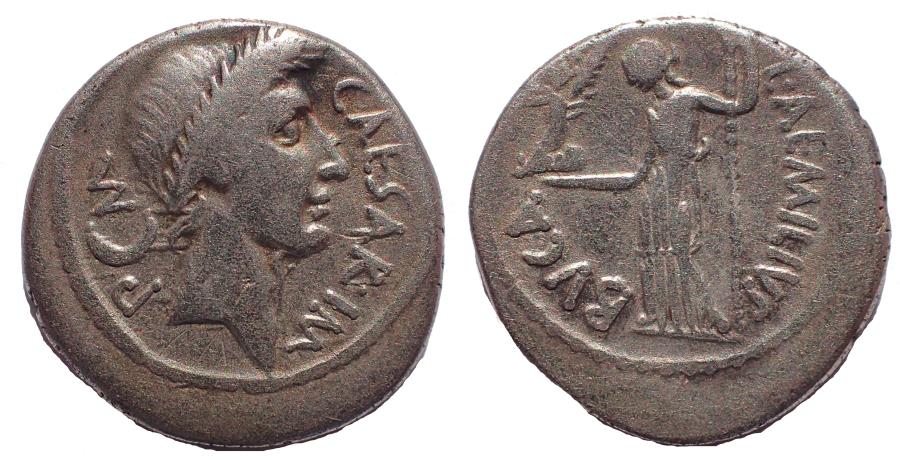

According to Pliny, it was established that the denarius should be given in exchange for ten pounds of bronze, the quinarius for five pounds, and the sestertius for two-and-a-half. in the British monetary system, which still uses the pound, abbreviated as £.ġ⁄ 72 pound. The "pound" ( libra, etc.) continued to be used as a currency unit, and survives e.g. This was a large cast coin, and subdivisions of the as were used. The basic copper coin, the as, was to weigh 1 Roman pound. The original copper coinage was weight-based, and was related to the Roman pound, the libra, which was about 325 g. Equals 10 asses, giving the denarius its name, which translates as "containing ten". Debasement and evolution Yearġ⁄ 48 pound. ('Denarius', in A Dictionary of Ancient Roman Coins, by John R. The coin was last issued, in bronze, under Aurelian between AD 270 and 275, and in the first years of the reign of Diocletian. The denarius continued to be the main coin of the Roman Empire until it was replaced by the antoninianus in the early 3rd century AD. In about 141 BC, it was re-tariffed at 16 asses, to reflect the decrease in weight of the as. The value at its introduction was 10 asses, giving the denarius its name, which translates as "containing ten". Later Roman emperors also reduced its weight to 3 grams around the late 3rd century. Debasement of the coin's silver content continued after Nero. It remained at nearly this weight until the time of Nero (AD 37–68), when it was reduced to 1⁄ 96 of a pound, or 3.4 grams. Under the rule of Augustus (27 BC – AD 14) its weight fell to 3.9 grams (a theoretical weight of 1⁄ 84 of a Roman pound). The denarius began to undergo slow debasement toward the end of the republican period. It formed the backbone of Roman currency throughout the Roman Republic and the early Empire. The denarius contained an average 4.5 grams, or 1⁄ 72 of a Roman pound, of silver, and was at first tariffed at ten asses, hence its name, which means 'tenner'. Rome overhauled its coinage shortly before 211 BC, and introduced the denarius alongside a short-lived denomination called the victoriatus. This, with a two-horse chariot or biga which was used as a reverse type for some early denarii, was the prototype for the most common designs used on Roman silver coins for a number of years. Classical historians have sometimes called these coins "heavy denarii", but they are classified by modern numismatists as quadrigati, a term which survives in one or two ancient texts and is derived from the quadriga, or four-horse chariot, on the reverse. The first distinctively Roman silver coin appeared around 226 BC. They were rarely seen at Rome, to judge from finds and hoards, and were probably used either to buy supplies or pay soldiers.

These coins were inscribed with a legend that indicated that they were struck for Rome, but in style they closely resembled their Greek counterparts. This predecessor of the denarius was a Greek-styled silver coin of didrachm weight, which was struck in Neapolis and other Greek cities in southern Italy. Contact with the Greeks had prompted a need for silver coinage in addition to the bronze currency that the Romans were using at that time. Starting with Nero in AD 64, the Romans continuously debased their silver coins until, by the end of the 3rd century AD, hardly any silver was left.Ī predecessor of the denarius was first struck in 269 or 268 BC, five years before the First Punic War, with an average weight of 6.81 grams, or 1⁄ 48 of a Roman pound. However it can also be represented as X̶ (capital letter X with combining long stroke overlay). Its symbol is represented in Unicode as 𐆖 (U+10196), a numeral monogram that appeared on the obverse in the Republican period, denoting the 10 asses ("X") to 1 denarius ("I") conversion rate. Its name also survives in the dinar currency. The word for "money" descends from it in Italian ( denaro), Slovene ( denar), Portuguese ( dinheiro), and Spanish ( dinero). The word dēnārius is derived from the Latin dēnī "containing ten", as its value was originally of 10 assēs. It continued to be minted in very small quantities, likely for ceremonial purposes, until and through the Tetrarchy (293–313). 211 BC to the reign of Gordian III (AD 238–244), when it was gradually replaced by the antoninianus. dēnāriī ) was the standard Roman silver coin from its introduction in the Second Punic War c. Second row (left to right): AD 199 Caracalla, AD 200 Julia Domna, AD 219 Elagabalus, AD 236 Maximinus Thrax Top row (left to right): 157 BC Roman Republic, AD 73 Vespasian, AD 161 Marcus Aurelius, AD 194 Septimius Severus


 0 kommentar(er)
0 kommentar(er)
